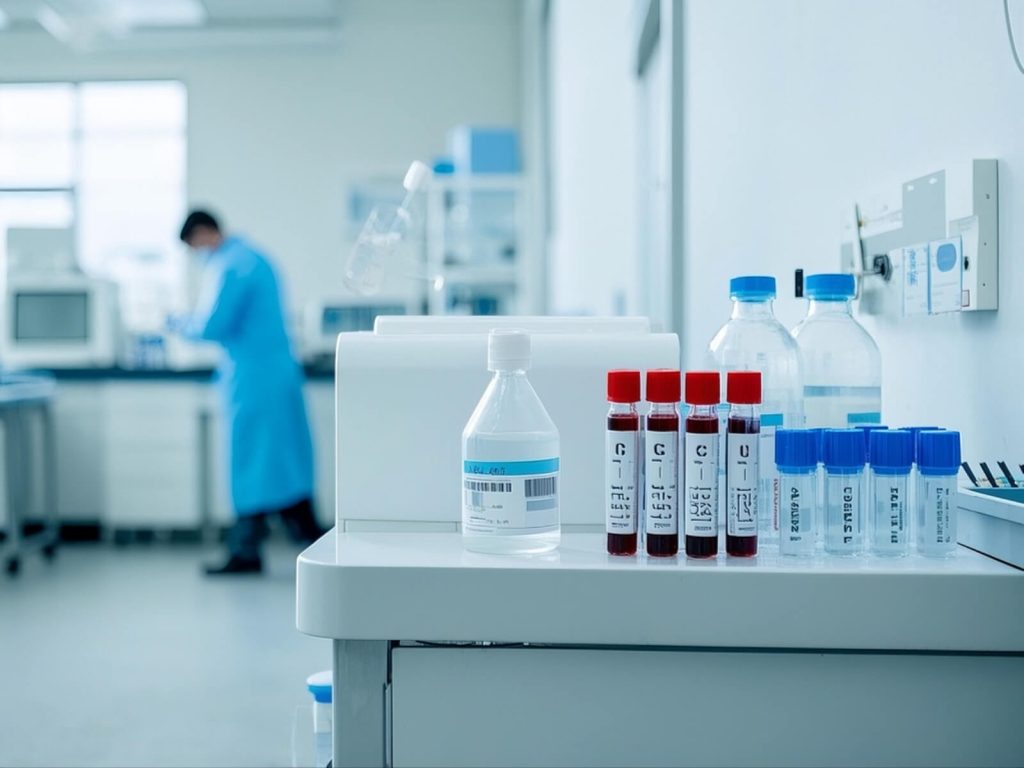

There must be a lot of small partners every time to do a physical examination to get the physical examination report, all the indicators, due to the work pressure, individual indicators will have deviation, red blood cells, white blood cells, tumor markers, triglycerides… these indicators are what do you mean? Are you also confused about what kind of body signals are raised or lowered? Dear friends who are concerned about health, let’s talk about the test results in the physical examination report.
When the following recommendations appear in the report
- 1 Follow-up: It refers to paying attention to observe whether there is any discomfort in the body or whether there is any new change in the original discomfort. Once the discomfort makes it difficult for the body or psychology to accept, call/visit the family doctor, the original receiving doctor or the hospital at any time.
- 2 Further inspection: refers to the discovery of problems and abnormalities \and can not make a judgment, need to do other related inspection.
- 3 Review: refers to the slight change or critical value of this physical examination, such as blood pressure, blood sugar, etc., which may be subject to recent changes in diet, life, work and other factors.
- 4 Regular reexamination: If there is a conclusion or diagnosis after physical examination and no immediate operation or emergency treatment is required, it is necessary to observe whether there are changes in size, shape and other properties. If there are changes, early diagnosis and treatment are required.
Tumor Marker
Many people see abnormal tumor markers in the physical examination report, and they carry a heavy ideological burden and feel that they have cancer. The doctor said that the general mild elevation may not suggest cancer but other diseases. If the elevation is obvious, such as an increase of more than 3 times, the patient should be notified in time and immediately go to the relevant Junior College for further examination.
Various nodules (thyroid nodules, breast nodules…)
Special attention should be paid to long nodules in a certain part of the body. The most important thing is to dynamically observe whether this nodule has changed. For example, if the thyroid nodule is larger than 1cm, it is necessary to arouse vigilance. If the nodule is observed and tracked twice for 2-3 months and there is no change, it tends to be benign. Reminder: to over 45 years old, especially female comrades should pay more attention.
Electrocardiogram (suggesting sinus arrhythmia)
Sinus arrhythmia is a mild abnormal state. If adults have sinus arrhythmia, it may be caused by fatigue, poor rest, lack of sleep, and relatively high mental stress, but generally speaking, sinus arrhythmia It is a situation that can be improved. As long as it is adjusted well, there is basically no big problem.

Liver function (transaminases)
Liver function tests, the highest concern is the transaminase. Transaminases are divided into two types, alanine aminotransferase and aspartate aminotransferase. Simply put, an increase in one of these two indicators may not be a big problem, but an increase at the same time often means that the liver cells have been damaged.
Blood lipid test (triglyceride)
Elevated triglycerides are also common. Many people are inherited in families. Triglyceremia, coronary heart disease, atherosclerosis, diabetes, nephrotic syndrome, hypothyroidism, and acute pancreatitis will be reflected in elevated triglycerides. Therefore, we must be vigilant.
High Density Cholesterol & Low Density Cholesterol
In blood lipid tests, high-density cholesterol and low-density cholesterol often appear. Doctors often use good and bad cholesterol to distinguish them. High-density cholesterol has a protective effect on the cardiovascular system, while low-density cholesterol increases the risk of cardiovascular and cerebrovascular diseases. Will increase.
Blood routine (red blood cells, white blood cells, hemoglobin, neutrophils)
The routine blood test will use up and down arrows to indicate whether it is above or below average. In simple terms, red blood cells, low hemoglobin is anemia; Leukocyte is a variety of cell infection, inflammation, severe burns; Neutrophil ratio increased is bacterial infection, inflammation, reduce may show viral infection.
Gene detection
American movie star Angelina Jolie underwent a resection to reduce her risk of breast cancer after genetic testing. In fact, genetic testing reflects a trend, which indicates a certain risk of disease. High genetic testing indicators mean that the possibility of mutations in this area is higher than others, but it does not mean that mutations must occur.

Do these abnormalities matter in the physical examination results?
Hyperplasia: Most will not be cancerous
Hyperplasia can be understood as overgrowth, and most benign hyperplasia is not fatal.
Nodules: be wary of sudden changes
Nodules meet two conditions that require regular inspection:
One is the nodules on the body, such as large changes in size, shape, and color in a short period of time, or sudden rupture; the second is that people with a family history of cancer have nodules.
Mass: more dangerous without pain:
It is more dangerous to have a mass that is painless and has no symptoms. The mass found in the physical examination of the middle-aged and elderly people should be paid special attention to and timely examination and treatment.
Xiang swollen: 90% will not change
The most common medical report is the liver cyst, renal cyst, it is also more common liver, kidney benign lesions. Most patients with liver and kidney cysts are small, do not worry, but liver and kidney cysts need regular follow-up, do 1-2 times a year B ultrasound.
Polyps: depending on location and size
Medical examination found polyps mostly gallbladder polyps.
Most gallbladder polyps below 5mm are cholesterol polyps.
More than 5mm may be a relatively dangerous adenoma polyp, it is necessary to review regularly. If the physical examination found gastric polyps, colorectal polyps, endometrial polyps, etc., there are different processing requirements, please follow the doctor’s advice.
Get the medical report these should pay attention!
- 1. No abnormality in the result does not mean that the body is fine.
At present, most physical examination indicators are set according to disease standards rather than health standards. Normal indicators can only indicate that the body has reached the passing standard, but it cannot indicate absolute health. - 2. The slight deviation between the index value and the reference value should be treated rationally.
If the index value is slightly lower or higher than the reference value, it is not necessary to be too nervous, but it should also be taken seriously. Short-term review of abnormal indicators, such as indicators gradually rising, to attach great importance to, often some indicators of changes are a harbinger of a disease. If slowly close to the normal reference value, the problem is not big. - 3. Pay attention to the “critical value” in the physical examination report”
In the physical examination, there will be some physical examiners whose examination indicators are at the “critical value”. Although they have not reached the degree of pathogenicity, they are already on the verge of health. It is best to keep the annual physical examination report. After the new report comes out, read it together with previous years to see the trend of index changes. - 4. physical examination recommendations must be paid attention
When viewing the physical examination report, pay attention to the corresponding health advice and health guidance behind each conclusion. The health examination report usually does not directly make a disease diagnosis, but summarizes the abnormalities seen in the physical examination and makes a prompt for reexamination or further diagnosis and treatment.

